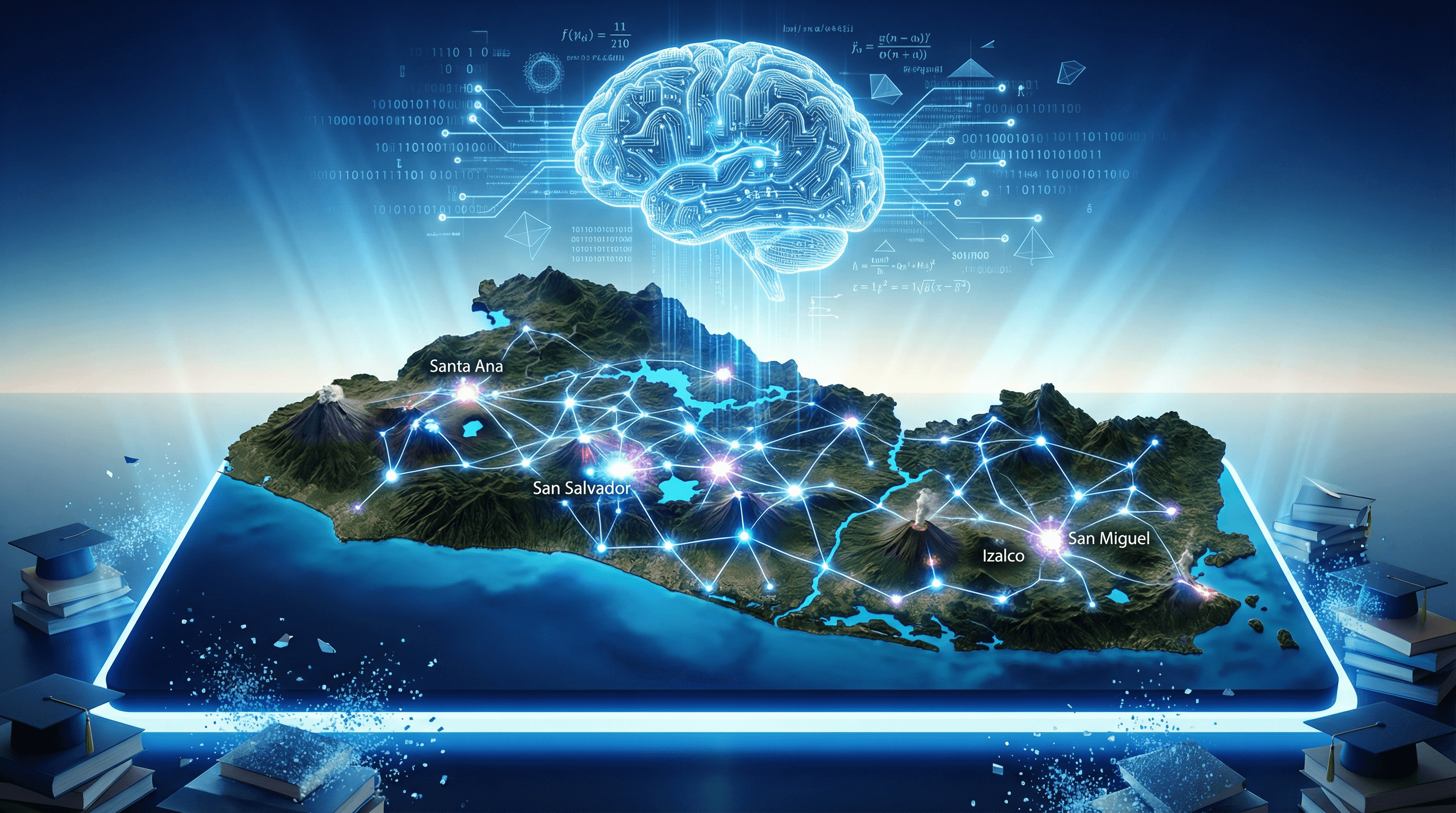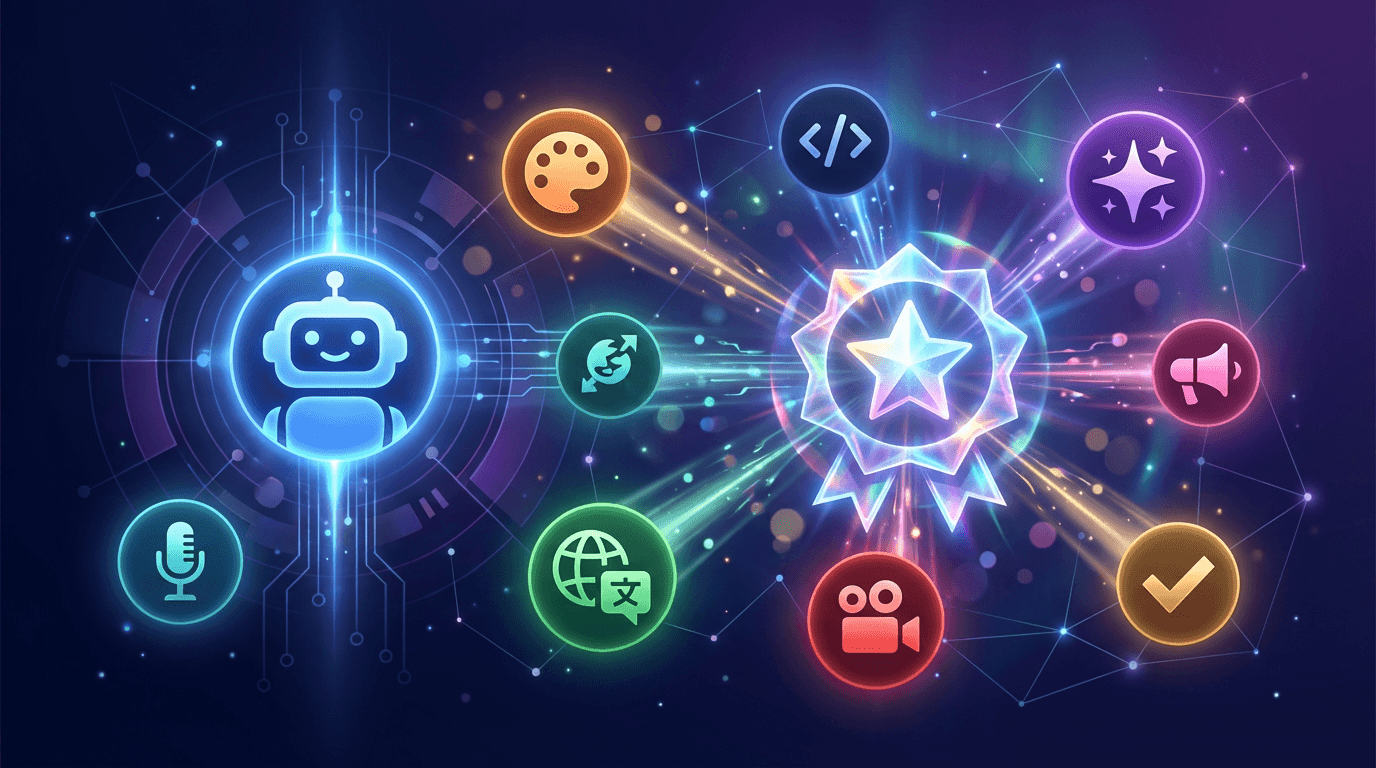The Morning My AI Went Dark: A Personal Reflection on Fragility and Resilience
This morning, some people noticed and others did not notice at all, but the modern world as we know it stopped for a few important moments. This morning my thinking was interrupted by a sudden, jarring silence. I was in the middle of outlining a new chapter on cognitive resilience, toggling between a research paper on neural plasticity and a generative AI I use for conceptual brainstorming. One moment, the AI was weaving together threads of thought with its usual seamless efficiency; the next, it was frozen, unresponsive. A simple refresh of the page yielded not a solution, but a stark, sterile error message. My digital partner had gone dark.
It wasn’t just my AI. Across the internet, platforms blinked out, websites froze, and the intricate web of services that underpins modern work simply stopped working. The cause, as we soon learned, was not a malicious cyberattack or a catastrophic power failure, but something far more mundane and, in its own way, far more revealing: a disruption inside Cloudflare, one of the foundational pillars of our digital world 1.
For a few hours, the world felt the ripple effects of a single point of failure. And as I sat with the silence, a familiar, hollow feeling began to creep in—the same feeling I’ve written about before, the one that signals a deep disconnect between our technological ambitions and our cognitive realities. It was a stark reminder that the sophisticated AI systems we are so eagerly integrating into our lives, our businesses, and our educational institutions are built upon layers of infrastructure that can, and do, fail. We are constructing the future of learning on a scaffolding that is far more fragile than we care to admit.
The Hidden Dependency Problem: A Crisis of Interconnection
Modern technology, much like a complex ecosystem, is a web of interdependencies. A small number of companies—Amazon Web Services, Microsoft Azure, Google Cloud, and, as today reminded us, Cloudflare—provide the core infrastructure that hosts, secures, and routes a vast portion of the global internet 2. This concentration of critical infrastructure means that a disruption in one corner of the digital world can trigger a cascade of failures across thousands of seemingly unrelated systems. It’s a lesson we’ve learned before, with major outages in recent years serving as stark reminders of our collective vulnerability 3.
For those of us building new models of learning in partnership with AI, today’s outage felt particularly personal. It wasn’t just that the technology failed; it was that it exposed the hidden architecture beneath every AI-powered tool we use. It reminded us that learning in the age of AI requires more than just excitement and innovation; it requires a deep and abiding commitment to resilience.
Schools, universities, and learning platforms around the world are adopting AI at a breathtaking pace to enhance teaching, support students, and personalize instruction. This is a powerful and much-needed innovation. But today’s events demonstrated a critical vulnerability in this new paradigm. When a single service outage can silence an entire ecosystem of educational tools, it’s a clear sign that our systems are not yet prepared for the future we are so eagerly building.
Beyond Convenience: Four Hard Truths for Education in the AI Era
An outage like today’s should serve as more than just a momentary inconvenience; it should be a catalyst for a deeper, more critical conversation among the leaders, educators, and builders who are shaping the next generation of learning. It forces us to confront some uncomfortable truths about the path we are on.
1. Digital Trust is Earned, Not Assumed
We have already come to place an almost implicit trust in our digital tools, assuming they will always be there when we need them. But as today demonstrated, that trust can be fragile. For educational institutions, this raises a critical question: how do we build learning systems that are not just innovative, but also resilient? The concept of “digital trust” in education often revolves around data privacy and security, but today’s events highlight a more fundamental issue: operational reliability 4.
Learning systems must be designed with redundancy and resilience in mind, so that they can continue to serve students even when one component of the digital ecosystem fails. This means moving beyond a single-provider model and exploring multi-cloud or hybrid solutions. It also means having clear contingency plans in place for when—not if—the next outage occurs.
2. AI is a Powerful Tool, Not an Infallible Oracle
The allure of AI is its promise of efficiency and scale. But in our rush to adopt these powerful tools, we risk falling into a state of blind dependence. As I’ve argued before, AI should be a partner that enhances human wisdom, not a crutch that replaces it. When the AI goes silent, the human framework of knowledge and critical thinking must still stand.
This requires a pedagogical shift, a move towards what I call “neogogy,” where the primary goal is not just to use AI, but to understand its limitations. We must teach students not only how to prompt a generative model, but also how to question its outputs, identify its biases, and, most importantly, how to think for themselves when the AI is not available.
3. Transformation Requires Intentional Infrastructure, Not Just Innovative Tools
We cannot rush into AI adoption without a clear-eyed strategy that acknowledges the limits and vulnerabilities of the underlying ecosystem. The promise of AI-enhanced learning is immense, but it is not a magical solution that can be simply layered on top of our existing educational models. True transformation requires a deep and intentional focus on the infrastructure—both technical and pedagogical—that supports learning.
This means asking hard questions about the tools we choose and the platforms we build on. Are we diversifying our dependencies? Are we building in offline capabilities? Are we prioritizing long-term resilience over short-term convenience? The answers to these questions will determine whether our AI-powered future is one of robust, equitable learning, or one of constant, reactive crisis management.
4. We Must Teach the Architecture, Not Just the Application
For too long, digital literacy has been defined as the ability to use applications. In the age of AI, that is no longer enough. We have a responsibility to teach students not only how to use AI, but also how to understand the systems that power it. Today’s learners are tomorrow’s architects; they must understand why these systems fail and how to build better, more resilient ones.
This requires a new approach to technology education, one that moves beyond the user interface and delves into the underlying principles of network architecture, cloud computing, and data infrastructure. It means teaching students to think critically about the systems they use every day, to understand their dependencies, and to appreciate the complex interplay of hardware and software that makes the digital world possible.
An Inconvenient Truth: Outages as Unplanned Lessons
Today was disruptive. Across the globe, meetings were paused, workflows stalled, and educators who rely on AI for their teaching felt the ripple of this digital silence. But as the systems flicker back to life and the hum of the internet returns to its normal state, we should resist the temptation to forget this brief moment of fragility.
Moments like this are instructive. They reveal the hidden dependencies and unspoken assumptions that underpin our work. They force us to confront the reality that the future of education cannot be built on convenience alone. It must be built on a foundation of deep understanding, intentional design, and a healthy dose of skepticism.
This is the work that I am committed to, the work of building a future where technology serves human flourishing, not the other way around. It is the reason I continue to advocate for a new pedagogy, a “neogogy” that is adaptive, robust, and, above all, resilient.
AI will undoubtedly shape the next generation of education. That much is certain. But the institutions that will truly thrive in this new era will be the ones that understand a simple, inconvenient truth: the systems we trust are powerful, but they are not, and will never be, immune to failure. Our responsibility is not to chase the illusion of perfect, uninterrupted efficiency, but to build with wisdom, anticipate fragility, and design learning environments that continue to flourish, even when the networks around us falter.





